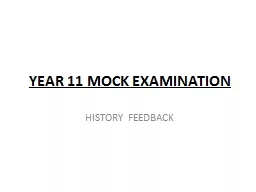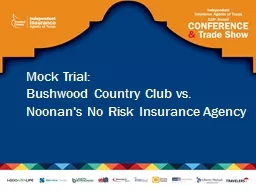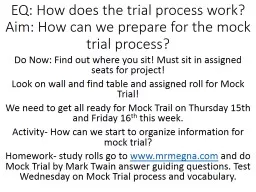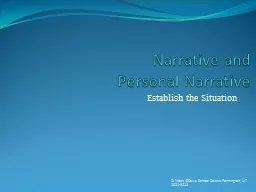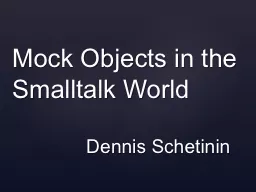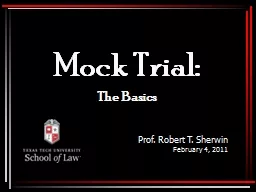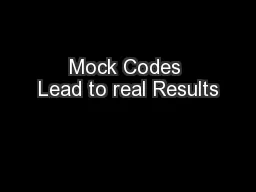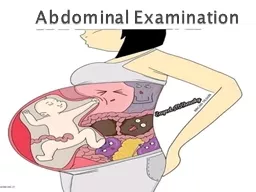PPT-YEAR 11 MOCK EXAMINATION
Author : faustina-dinatale | Published Date : 2016-12-17
HISTORY FEEDBACK COMMON ERRORS Structure of answers you can pick up marks by learning how to structure responses Eg agreedisagreeoverall Not describing what the
Presentation Embed Code
Download Presentation
Download Presentation The PPT/PDF document "YEAR 11 MOCK EXAMINATION" is the property of its rightful owner. Permission is granted to download and print the materials on this website for personal, non-commercial use only, and to display it on your personal computer provided you do not modify the materials and that you retain all copyright notices contained in the materials. By downloading content from our website, you accept the terms of this agreement.
YEAR 11 MOCK EXAMINATION: Transcript
Download Rules Of Document
"YEAR 11 MOCK EXAMINATION"The content belongs to its owner. You may download and print it for personal use, without modification, and keep all copyright notices. By downloading, you agree to these terms.
Related Documents

